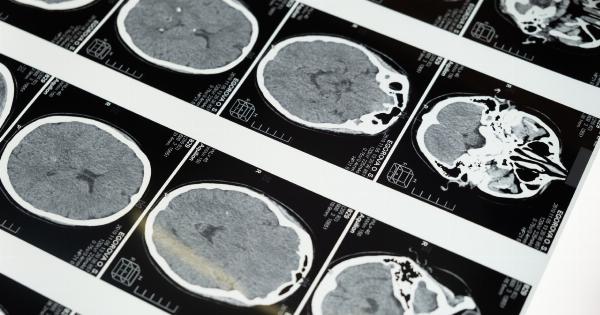Schizophrenia is a complex and debilitating psychiatric disorder that affects approximately 1% of the global population.
It is characterized by a combination of psychotic symptoms, including hallucinations, delusions, disorganized thinking, and a decline in cognitive functioning. Diagnosing schizophrenia is challenging as there are no specific laboratory tests or imaging studies available. However, hematological tests have shown potential in aiding the diagnostic process for this condition.
Hematological Markers in Schizophrenia
Several studies have explored the relationship between hematological markers and schizophrenia. These markers include white blood cell (WBC) count, red blood cell (RBC) count, platelet count, and various blood protein levels.
Abnormalities in these markers have been observed in individuals with schizophrenia, suggesting their potential role as diagnostic tools.
White Blood Cell Count
Research has indicated that individuals with schizophrenia often have higher WBC counts compared to healthy individuals. This increase is primarily driven by elevated levels of neutrophils, a specific type of white blood cell.
However, it is important to note that this marker lacks specificity and cannot be considered a stand-alone diagnostic tool.
Red Blood Cell Count
Studies suggest that individuals with schizophrenia may have lower RBC counts compared to the general population.
This decrease in RBC count could be attributed to factors such as chronic inflammation, oxidative stress, or adverse effects of antipsychotic medications. Despite these findings, RBC count alone cannot definitively diagnose schizophrenia.
Platelet Count
Platelet count abnormalities have also been reported in individuals with schizophrenia. Some studies indicate higher platelet counts in individuals with this condition, while others report lower platelet counts.
These discrepancies may be due to variations in study populations, methodologies, or coexisting medical conditions. Therefore, platelet count alone cannot serve as a conclusive diagnostic tool.
Blood Protein Levels
Research has explored the potential role of blood protein levels as diagnostic markers for schizophrenia.
Specific proteins, such as interleukins (IL-2, IL-6, IL-10), C-reactive protein (CRP), and tumor necrosis factor-alpha (TNF-α), have been identified as potential indicators of inflammation and immune dysregulation in individuals with schizophrenia. However, these markers lack specificity and cannot be solely relied upon for accurate diagnosis.
Combining Hematological Markers
The diagnostic accuracy of hematological tests for schizophrenia improves when multiple markers are considered together.
For example, a study combining WBC count, RBC count, and platelet count demonstrated better discriminatory power than using any single marker alone. Additionally, incorporating blood protein levels alongside hematological markers may further enhance diagnostic accuracy.
Limitations and Future Directions
Although hematological tests show promise in aiding the diagnostic process for schizophrenia, several limitations should be considered.
Firstly, the observed abnormalities in hematological markers are not exclusive to schizophrenia and can be influenced by various confounding factors. Secondly, the diagnostic accuracy of hematological tests varies across different populations, highlighting the need for further research in diverse cohorts.
Additionally, standardized protocols for measuring and interpreting hematological markers in the context of schizophrenia should be established.
Conclusion
Hematological tests, including WBC count, RBC count, platelet count, and blood protein levels, offer potential as auxiliary diagnostic tools for schizophrenia.
While individual markers lack specificity, combining multiple markers can improve diagnostic accuracy. However, further research is required to establish standardized protocols and validate the utility of these tests across diverse populations.






























